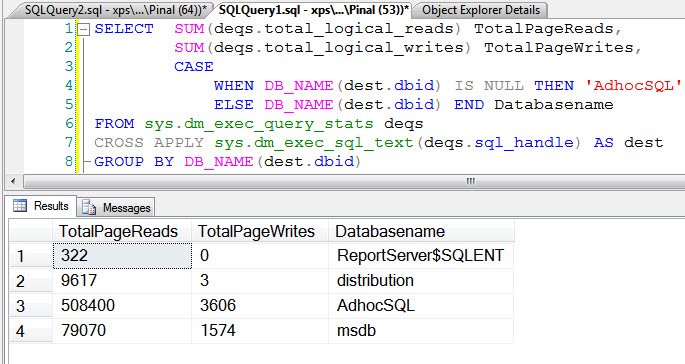The SQL language is subdivided into several language elements, including: Clauses, which are constituent components of statements and …

Alters an existing Always On availability group in SQL Server. Most ALTER AVAILABILITY GROUP arguments are supported only the current primary replica. However the JOIN, FAILOVER, and FORCE_FAILOVER_ALLOW_DATA_LOSS arguments are supported only on secondary replicas. Specifies the name of the new
How should you use TCP Chimney Offload with SQL Server? We tell you in this article, and how to determine the current state of this feature.




SQL injection is a code injection technique, used to attack data-driven applications, in which nefarious SQL statements are inserted into an entry field for execution (e.g. to dump the database contents to the attacker).

GROUP BY CUBE ( ) GROUP BY CUBE creates groups for all possible combinations of columns. For GROUP BY CUBE (a, b) the results has groups for unique values of (a, b), (NULL, b), (a, NULL), and (NULL, NULL).
Feb 28, 2014 · As a clustered resource, the availability group clustered resource/role have configurable cluster properties, like possible owners and preferred owners. SQL Server actively manages these resource properties. These properties are set automatically by SQL Server and should not be modified using

Join the Baltimore SQL Server Users Group to expand your knowledge and network! We hold free monthly meetings focusing on SQL Server DBA, Development and Business Intelligence topics.

If there is a table called employee EmpID EmpName —– —– 1 Mary 1 John 1 Sam 2 Alaina 2 Edward
Summarizing data in a SELECT statement using a GROUP BY clause is a very common area of difficulty for beginning SQL programmers. In Part I of this two part series, we’ll use a simple schema and a typical report request to cover the effect of JOINS on grouping and aggregate calculations, and how to use COUNT(Distinct) to overcome this.


How do I get: id Name Value 1 A 4 1 B 8 2 C 9 to id Column 1 A:4, B:8 2 C:9